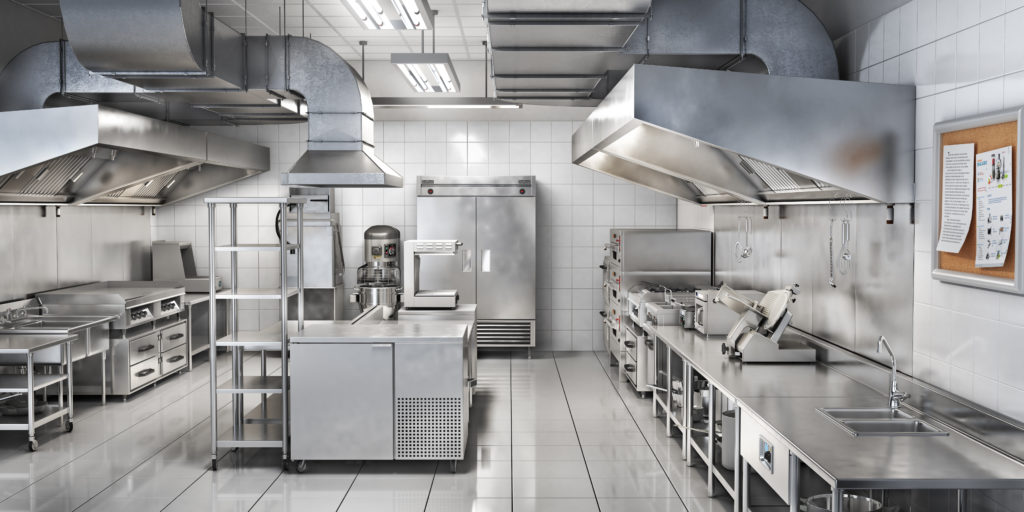
There are many types of stainless steel that we find all over the place. Some of those grades may seem very similar, but the differences in their composition give them distinct properties. Two such grades are 303 and 304 stainless steel. Stainless steel alloys in the 300 series are resistant to wear and corrosion, which is why we see them in so many applications. 303 and 304 are two of the most common grades of the 300 series.
What gives 303 and 304 their different properties is their chemical compositions. They have similar levels of manganese, silicon, and nickel. Their chromium ranges overlap, but 304 usually contains more than 303. 303 stainless steel contains more carbon, phosphorus, and sulfur.
When we talk about how strong a grade of stainless steel is, we are referring to its ability to withstand force without breaking or becoming permanently deformed. That point at which a grade of steel deforms under stress is its yield strength. Its tensile strength is the point at which the steel break under stress. We measure both of these properties in megapascals (MPa).
303 stainless steel’s yield strength is 415 MPa, and its tensile strength is 690 MPa. Before breaking, 303 will elongate by 40%. 304 steel has a lower yield strength of 215 MPa. But it wins when it comes to tensile strength, which is up to 720 MPa. It will also elongate by 70% before breaking.
Because of its sulfur content, 303 stainless steel can’t be welded. It does, however, have the best machinability of all the austenitic steels. Consequently, you will most often find 303 steel as hardware, gears, shafts, valves, and aircraft parts. 303 is ideal for the manufacture of any parts that need extensive machining.
Unlike 303, 304 steel is very good for welding, and a welder can even forgo the use of fillers. Tough and economical, 304 is easy to fabricate and clean. You’ll find 304 in many products where steel is the primary component. Things you encounter every day, like kitchen equipment, auto trim, piping, and stainless hardware, are usually made from 304 steel.
